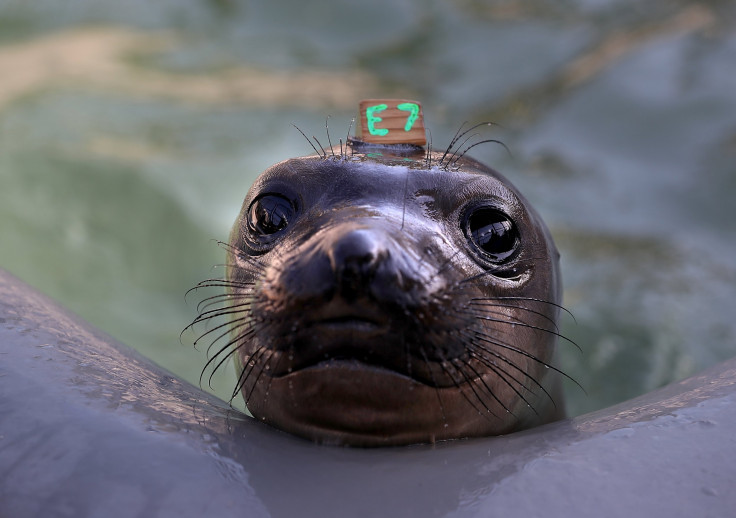NASA Recruits Elephant Seal For Climate Change Study

A scientist from NASA has enlisted the help of an elephant seal for a new study to understand how heat is transferred by one of the world’s most important ocean currents. The findings of the study can provide new information on how ocean currents can affect Earth’s climate.
For the study, which was published in Nature Geoscience, Lia Siegelman of NASA’s Jet Propulsion Laboratory focused on the Antarctic Circumpolar Current, which flows through Antarctica and connects the Indian, Pacific and Atlantic oceans. It has been regarded as one of the most significant ocean currents because of how it facilitates the transfer of heat within the watery regions it goes through.
Despite the importance of the Antarctic Circumpolar Current, little is still known regarding the natural mechanism that drives the transfer of heat from the top layer to the bottom layer of the oceans. This is mainly due to turbulent conditions of the current, which can produce eddies or vortices that range from 30 to 125 miles wide.
As a solution, Siegelman turned to an animal that can easily withstand the current’s conditions for her latest study, and it was a southern elephant seal. To gather the data she needed, Siegelman attached a hat-like sensor on top of the seal’s head. The instrument was glued to the animal’s head in accordance with established ethical standards.
Through the sensors, Siegelman learned that the seal went on a three-month voyage and regularly passed through the bodies of water affected by the Antarctic Circumpolar Current. Through the data collected by the mammal, the scientist discovered how the eddies within the current assisted in the transfer of heat.
“These medium-sized eddies are known to drive the production of small-scale fronts - sudden changes in water density similar to cold and warm fronts in the atmosphere," Siegelman said in a statement. "We found that these fronts were evident some 500 meters [550 yards] into the ocean interior, not just in the surface layer like many studies suggest, and that they played an active role in vertical heat transport.”
Siegelman explained that normally, heat from the Sun is absorbed by the ocean’s surface. However, it can only absorb a finite amount before evaporation begins. Due to the heat delivered by the current from the lower layers of the ocean, the ocean’s surface can no longer absorb as much heat from the Sun as it should.
“This could be an important implication for our climate and the ocean's role in offsetting the effects of global warming by absorbing most of the heat,” she said.
© Copyright IBTimes 2025. All rights reserved.





















